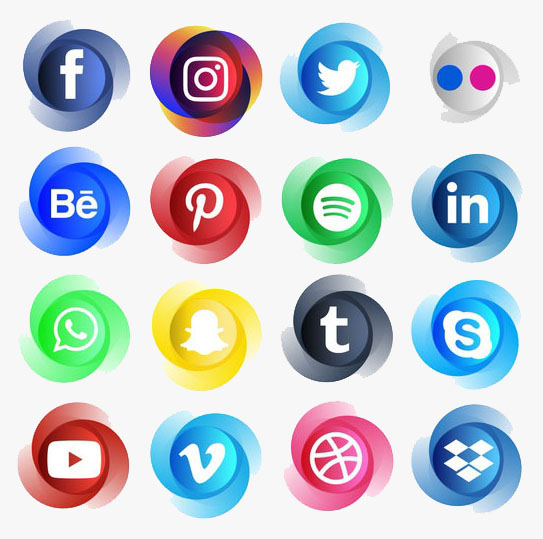My Own Guide to NLP Training
In my earlier post on 25 Random Secrets of My Inspired Life, I mentioned that I had received some form of training and guide to NLP – Neuro Linguistic Program. I first came across this term while reading Anthony Robbins’ book on Unleashing the Giant Within. Robbins coined NLP as Neuro-Linguistic Conditioning to differentiate his teachings from the others. After reading that book, NLP became something I was fascinated with.
One of the results of this fascination with NLP was that I signed up for a NLP certification program with a local company that specializes in NLP training. From this training, I have discovered more useful tools for personal development. It is my turn now to share these with you in this guide to NLP series. I am making things really fundamental here in order not to turn off those who are new to this technology. I hope you will find this series useful in improving your own lives.
Introduction to the Beginners’ Guide to NLP
Let us begin this guide to NLP with some definition and history of NLP. NLP is the study of how people think, feel and act. It is characterized by an intense curiosity about how and why people get the results they do. Another term we usually use is ‘modeling’. We try and role model the behavior of successful and effective people. There are certain ways we can do this. It is through the use of a set of tools and powerful methods in NLP that we strive to access and influence our mental, physical and emotional resources, skills and creativity.
NLP was first introduced by a Mathematician, Dr Richard Bandler, and Dr John Grinder, a well known professor of linguistics in the mid 1970s. More than this Guide to NLP, their work focused on three main areas of work as defined by each of the three words in NLP.
Neuro refers to the study and use of our neurology (the brain and mind), through which we experience our environment via our five primary senses. Linguistics refers to how we use our language and other non auditory communication channels to modify our states of mind for personal effectiveness. Finally, programming refers to our ability to discover, adjust and use the programs that we mentally run in our minds to achieve our goals. That is another definition for NLP in this Guide to NLP.
This guide to NLP presents these tools and technology is a basic manner for you to understand and apply in your life.
Tools and Technologies of this Beginners’ Guide to NLP
- Pattern Interrupt
- Anchoring
- Eye Assessing Cues
- Chunking
- Neurological Levels Coaching
- Subliminal Message Programming
- Disney’s Creativity Strategy
- In-Time and Through Time Guidance System
- COACH vs CRASH States
- The SCORE Model
There are many more NLP skills and concepts we can discuss and learn. But for this guide to NLP, we are concentrating on the simpler ones. Those that can impact your lives immediately when use correctly.
I hope that you will enjoy this series on the Guide to NLP. In the next post on this series, I will touch on Pattern Interrupt.






